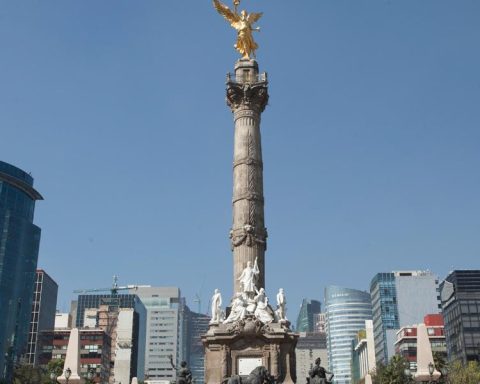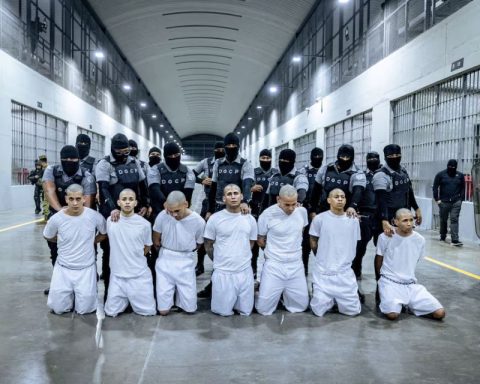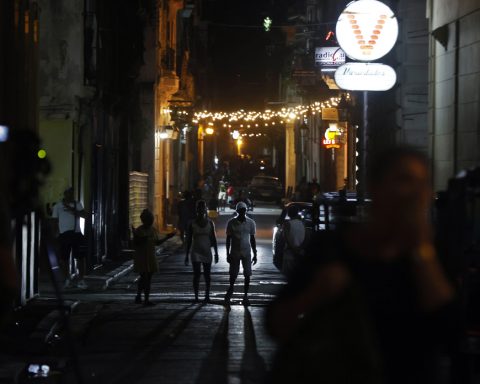Gustavo Castillo and Eduardo Murillo
Newspaper La Jornada
Tuesday, January 3, 2023, p. 5
For the first time in the history of the Supreme Court of Justice of the Nation (SCJN), with almost 200 years of existence, a woman, Norma Lucía Piña Hernández, was appointed president of the country’s highest court. broke the glass ceiling
and the patriarchal trend.
It was an election that took place in three voting rounds, the procedure lasting only 14 minutes and 30 seconds. It constituted the most difficult procedure of this institution since 1994, when the number of members was reduced from 26 to 11 and the Federal Judicial Council was created to supervise the administrative development of courts and tribunals.
The controversy arose two weeks earlier when the honorability of one of the five candidates to head the Federal Judiciary (PJF) was questioned and that in political circles it was considered that he would succeed Minister Arturo Zaldívar.
From the first minute the process for voting began, unprecedented situations were experienced in the country’s highest court.
The first of these arose when the dean minister, Luis María Aguilar Morales, opened a space so that the minister Yasmín Esquivel Mossa – who was accused of having plagiarized the content of her degree work – could issue a message on the who defended his honor and assured that factual powers manipulated information and tried to influence the process of who will direct the Court in the period 2023-2026.
Once Esquivel Mossa concluded and overturned the versions that indicated that he would announce his withdrawal from the race, the process began with the distribution of voting cards. Each of the 11 voters only had to write the name of their candidate and it would be up to the tellers, the ministers Jorge Pardo Rebolledo and Loretta Ortiz Ahlf, to announce the result of each procedure.
The rules of the Court establish that only those candidates who obtain the highest number of votes will go to a second round.
The second unprecedented situation began to take shape with the reading of the first vote. The tellers revealed the name of Norma Lucía Piña Hernández. In the corridors of the highest court, the voices of surprised officials were heard at each mention of a vote. In the first round, Yasmín Esquivel, Alfredo Gutiérrez Ortiz Mena, Javier Laynez and Alberto Pérez Dayán tied with two votes, while Piña Hernández took the lead with three.
Since there was a tie between the seconds
. They all went on to a second round. Piña Hernández and Gutiérrez positioned themselves and their opponents were left out. Yasmín Esquivel, who was said to be the candidate for the Executive Power, obtained only one vote, while Pérez Dayán and Laynez kept their two votes.
The transmission through the Internet portals of the SCJN, Justicia TV and its social networks failed. Not so in the television space of the PJF. In plenary session, to which there was no access to the media, not even to take photos, the third and final round followed.
The process was throbbing. The tellers read the votes and it seemed that everything had come together so that the results were like a game in which none of the applicants gave up. The first of the votes was for Gutiérrez. The second, for Norma Piña. When he went ahead, a new vote gave the tie. Thus they reached five voters in their favor each. At minute 14 of the process the definition arrived. The secretary of plenary agreements, Rafael Coello Cetina, reported: five votes for Gutiérrez, six votes for Piña Hernández. The final announcement was made by Luis María Aguilar Morales and Minister Norma Lucía Piña immediately took office.
According to PJF sources, those who voted for the new president of the Court were Yasmín Esquivel, Loretta Ortiz, Arturo Zaldívar, Luis María Aguilar and Alberto Pérez Dayán.
Gutiérrez Ortiz Mena would have been supported by Jorge Pardo Rebolledo, Juan Luis González Alcántara, Javier Laynez and Margarita Ríos Farjat.
However, officially it will not be possible to know who voted for each of the candidates. The records of each vote were destroyed.
Piña’s election is historic, as it is the first time that a woman has been elected president of the Court. This after 61 years ago for the first time a woman was appointed minister.
In its 200 years of existence, the Court has only had 14 women among its members. Currently, it is made up of four: President Piña, Yasmín Esquivel, Margarita Ríos Farjat and Loretta Ortiz.














